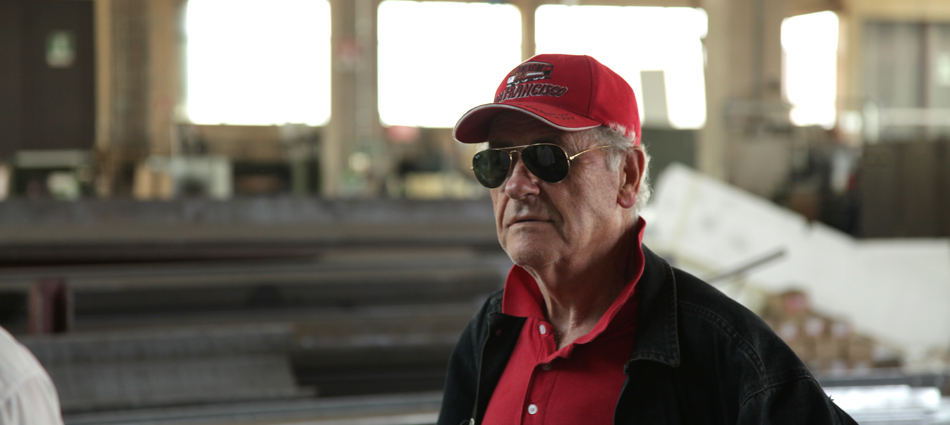Raffaele Martini Pandozy – Sculptor / Philosopher Art about Art

2017-Book OF ART AND ARTEOLOGY — THE REFORMATION OF THE CONCEPT OF ART FOR A BETTER WORLD
OF ART AND ARTEOLOGY — THE REFORMATION OF THE CONCEPT OF ART FOR A BETTER WORLDDownload
BRIEF DESCRIPTION AND MISSION OF THE BOOK
It took 40 years of study and a book of tree volumes,(2,600 pages) to explain the nature and the purpose of art. This large book rests on the overall principle of phenomenological anthropology that all living beings, human beings included, have a purpose in life, which is that of evolving into a higher species. Thus the purpose of art is legitimate only if it reflects this necessary principle. The concept of art is not a God-given concept which we may find in the bible, in the Torah, in the Coran, or in the book of the dead. It relates to what us humans understand and formulate as concepts and what gives meaning and purpose to our life here on earth.
The meaning, the purpose and the concept of art has therefore changed throughout history in accordance to the level of understanding of our true anthropology. It is my conviction that both the future and the benefits that art may provide to society and to anthropology can be ascertained, and this is precisely what I have tried to do during the last 40 years. It took me so long to realize that in order to ascertain the value of art we must above all refine and define our perception of it. In light of recent, more advanced philosophical and scientific findings, especially in the field of phenomenology and biogenetics, our notion of perception has considerably improved. Redefining the notion of perception now brings into question the entire historical, philosophical, sociological psychological apparatus of knowledge by which we have defined, evaluated and/or appreciated art in past and present times.
My study shows a direct correlation between art’s complex cognitive knowledge and genetic intelligence, which extends the anthropological discourse to expanded realms of ethics and aesthetics. During the 17th and the 18th century, when the first theories of aesthetic and art emerged, the knowledge of the genesis and dynamics of the intellectual faculties and the senses was very limited. Consequentially during all this time, an entire industry was built on a limited and fallacious knowledge of art that still undermines the true intellectual potentials of artists, of schools and universities. Indeed the way we perceive and understand art governs our use, application of mental and physical energy. Most importantly, our entire social, cultural, and anthropological development depends on the knowledge and the message that art carries.
The question of how art improves our quality of life, defines also our ideas, refines our senses, which benefits humanity as a whole. There are timely questions to which we must provide timely answers. The primary answer to these questions will indicate in what areas of the arts should society put its resources both mental and material. The extensive knowledge offered by the book, the large bibliography supporting my theses therefore, should be liquid gold for private and public institutions aiming at distributing funds for the arts; it should be liquid gold for schools and universities that want to advance their curricula and place it at the service of society; it should be liquid gold for artists who want to make meaningful and purposeful art; it should be liquid gold for critics and historians who want to focus human energy and advance the true anthropological potentials of humanity, and it should be liquid gold for the public at large that wants to participate in all these processes. By this token, it is unproductive to ignore that this is a monumental study and a monumental book that can change the history of humanity and foster developments that improve human life here on earth.
Martini. Pandozy, Ph.D.